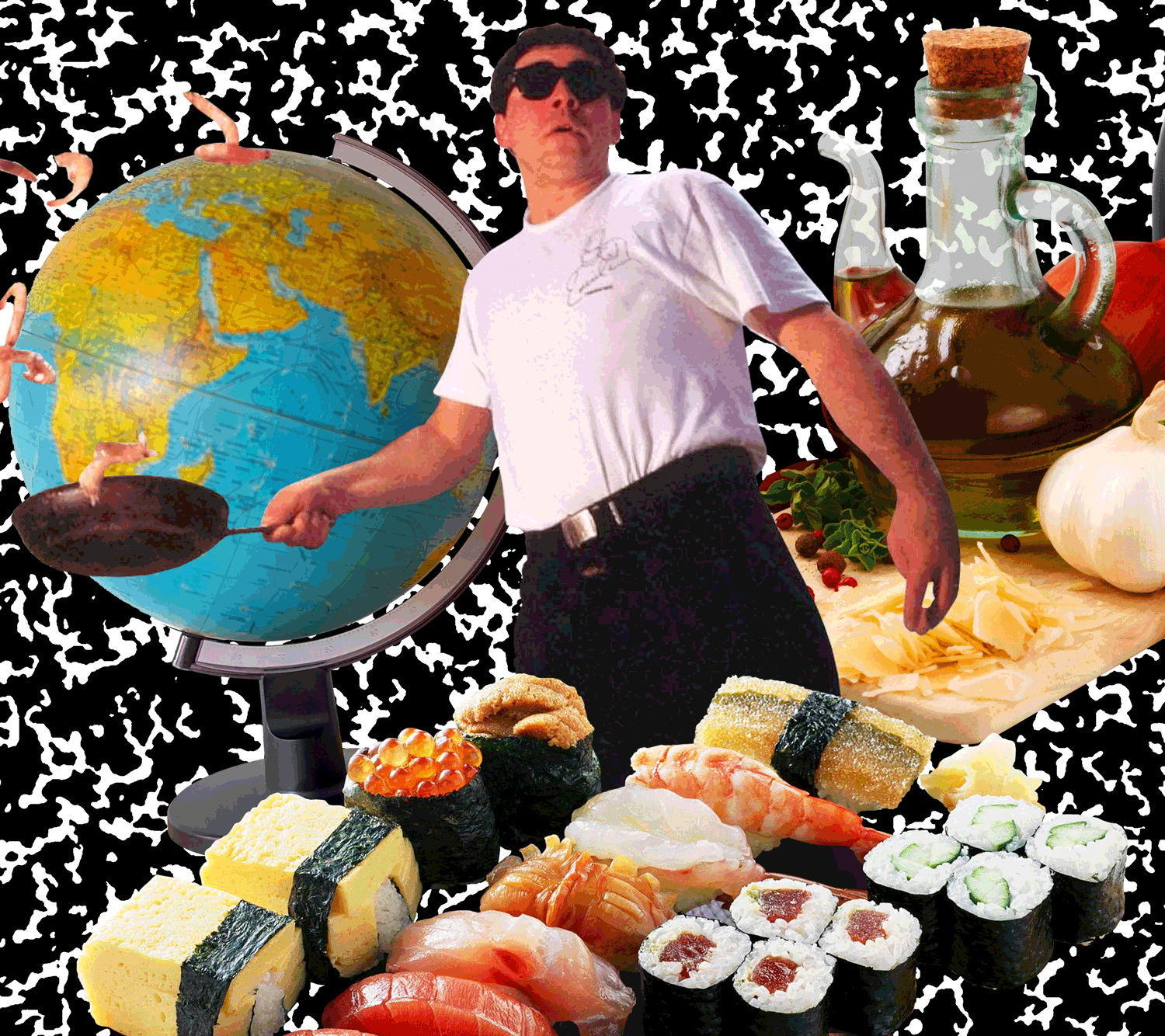
The ’90s were a decade of information, SnackWell’s, and sun-dried tomatoes on everything. Here are eight events that shaped our opinions about cooking and eating.
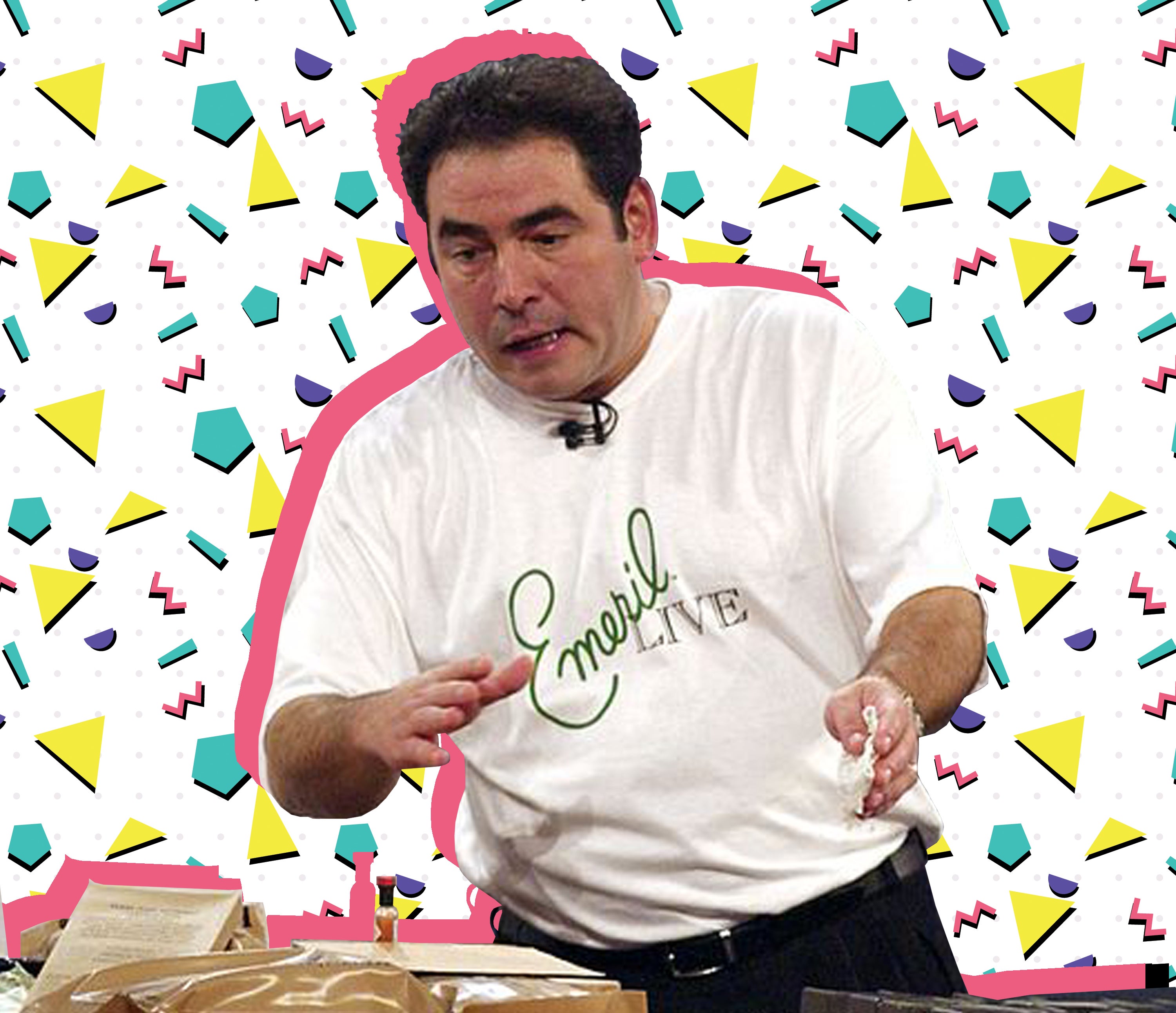
1. The Launch of the TV Food Network
In April of 1993, a young and scrappy Food Network launched with a debut lineup of French chef Jacques Pepin, writer David Rosengarten, Mrs. Fields founder Debbi Fields, and Emeril Lagasse, a little-known Louisiana restaurateur in his mid-30s with only a handful of prior television appearances under his belt.
Dorie Greenspan, who worked at the network during its launch as a consultant and producer, remembers it as a pioneering time in the unexplored realm of food television. On the TASTE Podcast, Greenspan recalled the head of programming at the time saying, “We’re going to make somebody a star, but we don’t know who that person will be.” It swiftly became clear that Emeril was that star.
In addition to the runaway hits, like Essence of Emeril, there were misgivings during the launch. “This was really a startup in every sense of the word,” she told me. “We made some terrible mistakes. We couldn’t figure out a bunch of things. We tried doing a call-in show, which seemed revolutionary. We were learning.”
The only model the network had at the time for programming about cooking was public television—shows like James Beard’s I Love to Eat and Julia Child’s The French Chef. But the move to cable meant a move toward the mainstream. “I don’t think you can underestimate the impact of that,” says Ruth Reichl. “That’s the moment that food really stopped being the provenance of the elites and became part of popular culture. Children watched it and were interested in chefs, and chefs became cool in a way that they hadn’t before.”
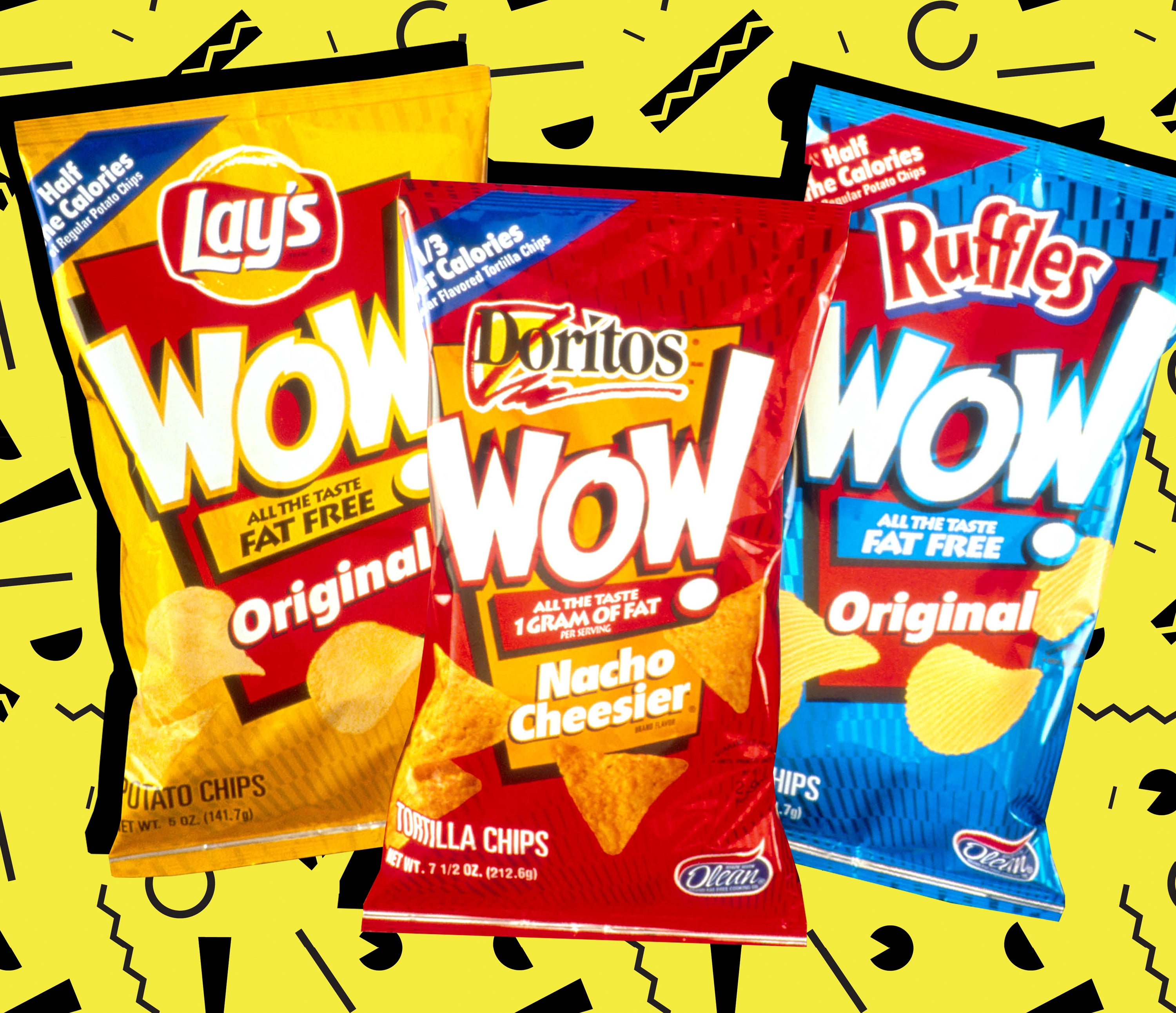
2. Fat Is Bad, But Everything Else Is Good
At the tail end of the ’80s, a few influential government reports were published, recommending that Americans consume less fat. Americans internalized this as a directive that it was OK to consume as many calories as they wanted, as long as those calories weren’t coming from fat. A zany infomercial nutritionist named Susan Powter encouraged Americans to fill their shopping carts with cereal and low-fat chips, and SnackWell’s were born, promising unlimited amounts of dessert with no health repercussions.
Lay’s launched one of the most famous product missteps in the history of American consumerism. WOW chips, introduced in 1998, promised the same potato chip flavor with only one gram of fat per serving—a feat made possible by frying in a synthetic fat substitute called Olestra. Almost as soon as the chips hit the market, accounts started to pour in of horrible stomach woes caused by the chips. The FDA famously used the phrase “anal leakage” to describe the side effects, leading to one of the grossest and most memorable PR disasters in the history of packaged foods.
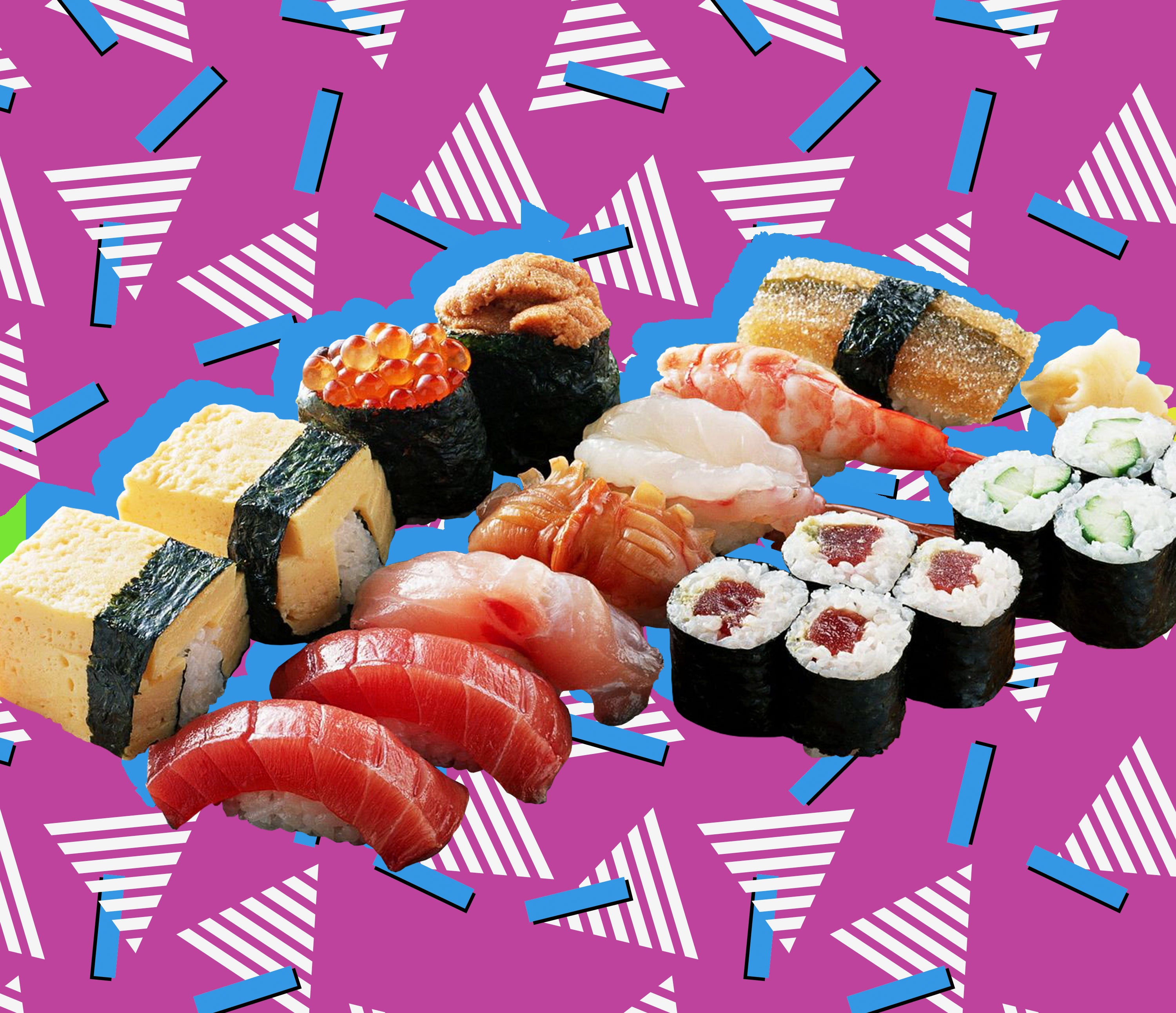
3. Sushi Goes Mainstream
By the ’90s, sushi had existed in the United States for more than three decades, but this was the moment when it really caught on, especially as Japanese companies opened offices in U.S. cities. “It all started when Sony bought Columbia Pictures in 1989 and the entire West Coast went mad for sushi,” speculates Alan Richman, who was the restaurant critic at GQ at the time.
Everyone started opening sushi restaurants, including Robert DeNiro with a then little-known chef named Nobuyuki Matsuhisa, and in turn, sushi evolved from a rarefied luxury that one could only find in coastal cities to a casual, affordable treat that happened to fit perfectly into the era’s philosophy about nutrition. And then grocery stores started to catch on, stocking their refrigerator cases with plastic trays of California and spicy tuna rolls.
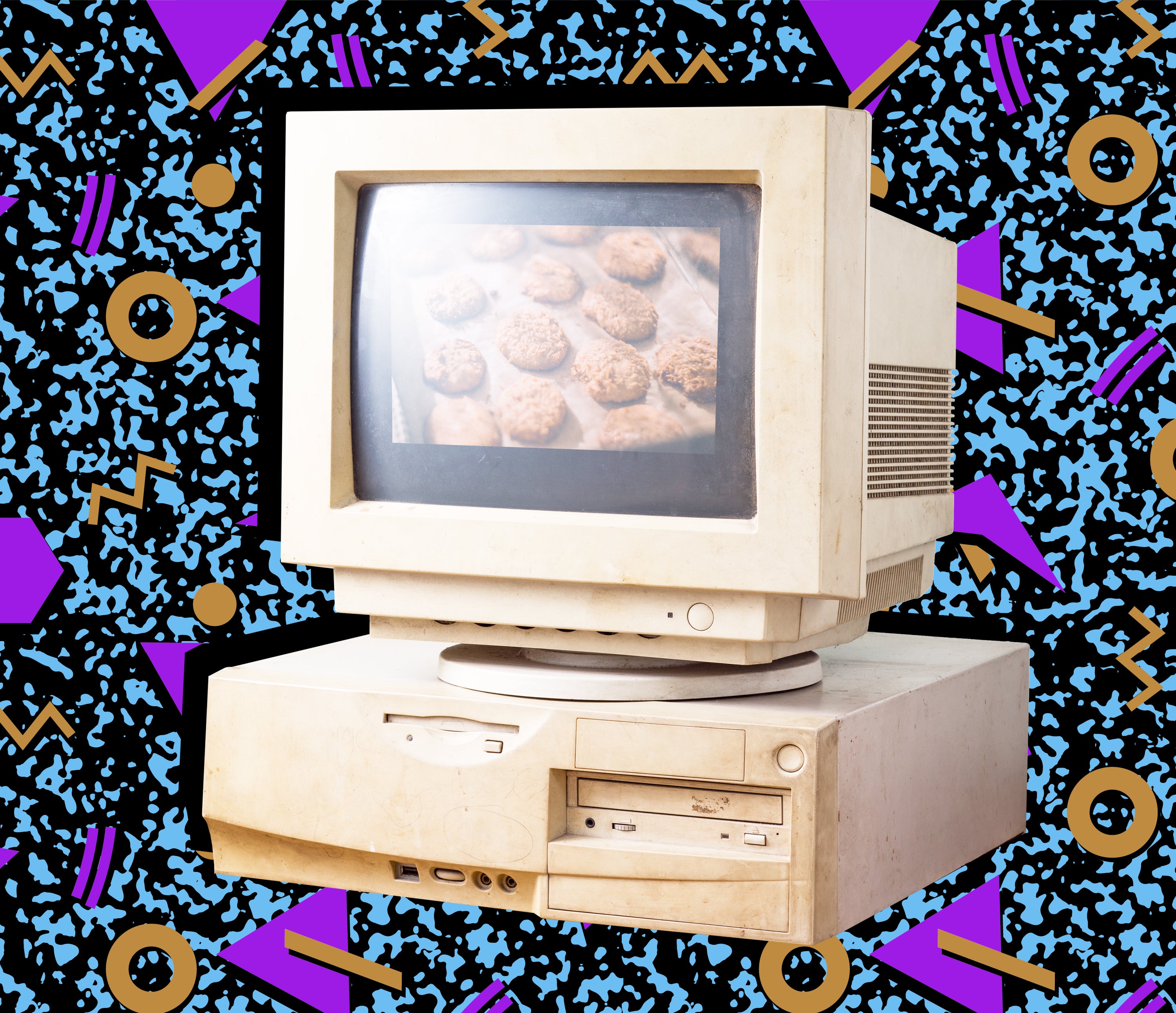
4. The Dawn of Online Recipes
When we talk about the kind of rapid globalization that happened in the ’90s, it’s hard to avoid talking about the Internet, which shattered our spatial relationships to one another by making it as easy to talk to someone in Australia as it was to talk to the kid in your social studies class who lived down the street.
As the Internet became woven into our daily lives through services like Prodigy and America Online, it was only a matter of time before this rapidly growing technology became a way to disseminate the recipes and cooking advice that you could previously find only in magazines and cookbooks.
In 1995, Condé Nast launched Epicurious, a forward-thinking database of recipes compiled from some of the company’s food and travel magazines, including Bon Appétit and Gourmet. By the end of the decade, blogging platforms like Blogger and Xanga had emerged, paving the way for a generation of self-publishing food bloggers, like David Lebovitz in 1999, and Heidi Swanson, Pim Techamuanvivit, and Clotilde Dusoulier in the early 2000s.
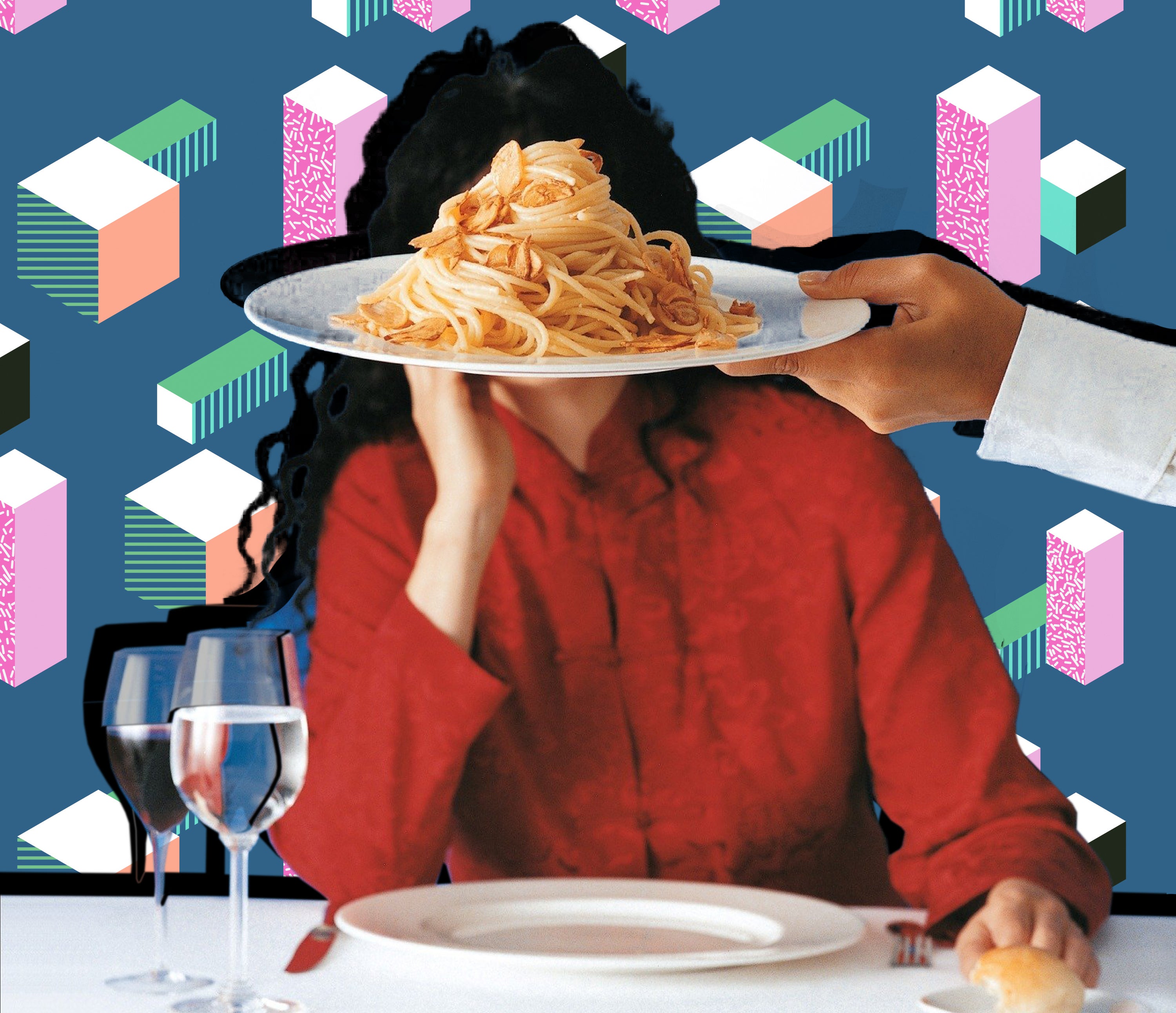
5. A New Era for Restaurant Critics
“I think the ’90s were the great era of restaurants in America,” says Alan Richman. The economy was strong, people had money to spend, and newspapers and magazines had budgets to send their critics to eat out and report on the latest trends in food. Fine-dining stalwarts in New York, like Le Bernardin, Daniel, and Jean-Georges, were thriving. But it was also a time when critics like Robert Sietsema at the Village Voice and Ruth Reichl at The New York Times started to clue diners in to the fact that “eating out” didn’t always have to mean French restaurants with white tablecloths.
“I was interested in talking about the way real people ate,” says Reichl. “I felt like restaurant reviews in The New York Times had been geared to a very small group of wealthy white people. And I thought everybody should go to restaurants.”
When Reichl reviewed her first Korean restaurant, Kang Suh, in 1993, three separate local Korean newspapers from New York reached out to her for interviews. When she wrote about a soba restaurant called Honmura An that same year, it caused a flap among readers who weren’t used to seeing “a little Japanese noodle shop” receive three stars.
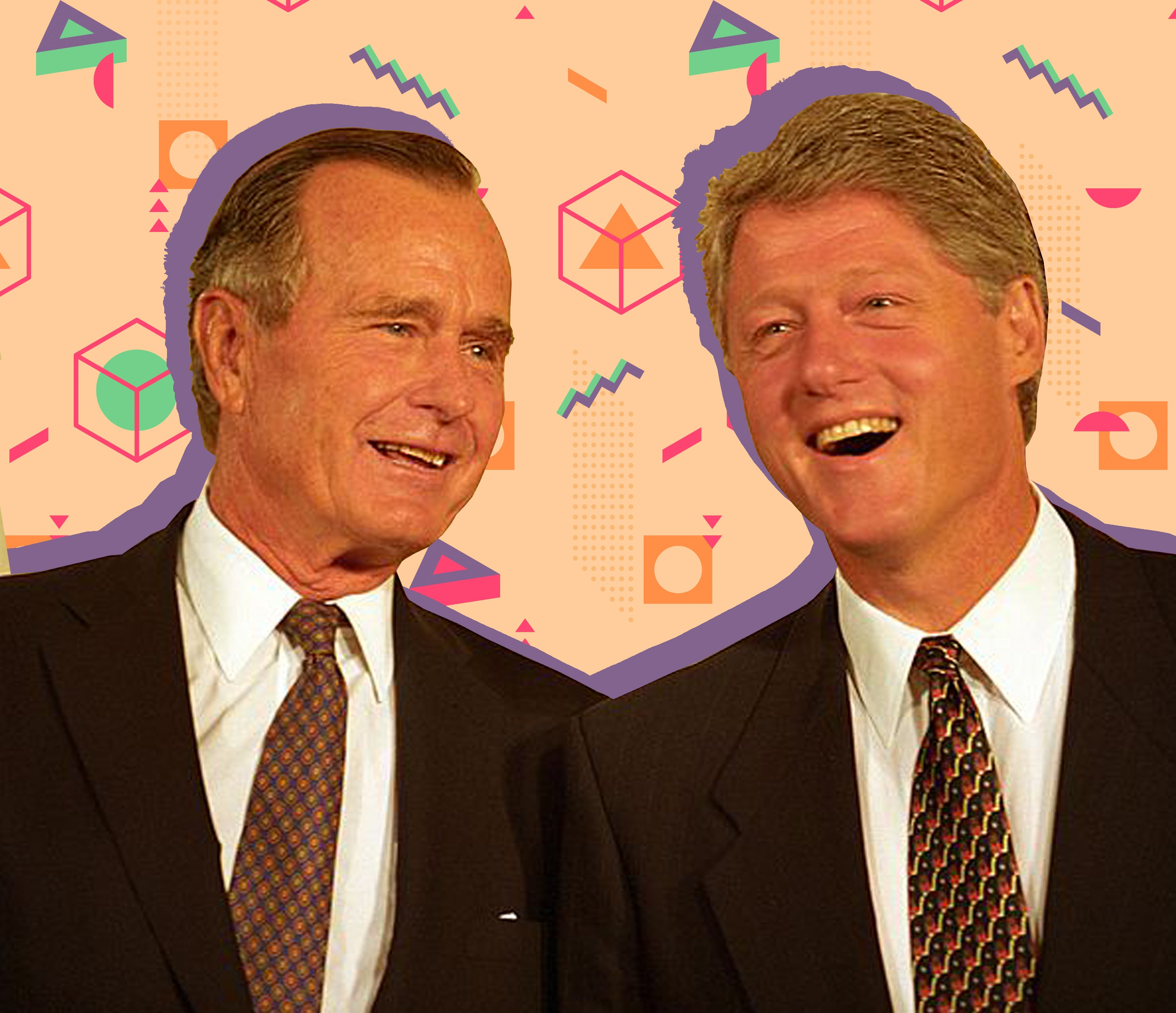
6. NAFTA Reshapes California’s Food Landscape
In 1994, NAFTA (the North American Free Trade Agreement) was signed, formalizing a trade agreement among Canada, Mexico, and the United States. As Tina Vasquez writes, the agreement was greeted with lots of anti-immigrant pushback among Americans. Carlos Salinas de Gortari, the Mexican president at the time, promised Americans that the agreement would reduce migration by stabilizing Mexico’s economy.
Instead, the agreement caused vast unemployment in Mexican industries that struggled with their new competition, leading to one of the largest historic spikes in immigration to the United States from Mexico. This brought a boom of Mexican grocery stores, butchers, restaurants, and other businesses to the U.S., especially in Californian communities like the Bay Area and Los Angeles. Grocery store chains like Chavez Supermarkets, Vallarta Market, and Northgate González are still thriving in these parts of the state.
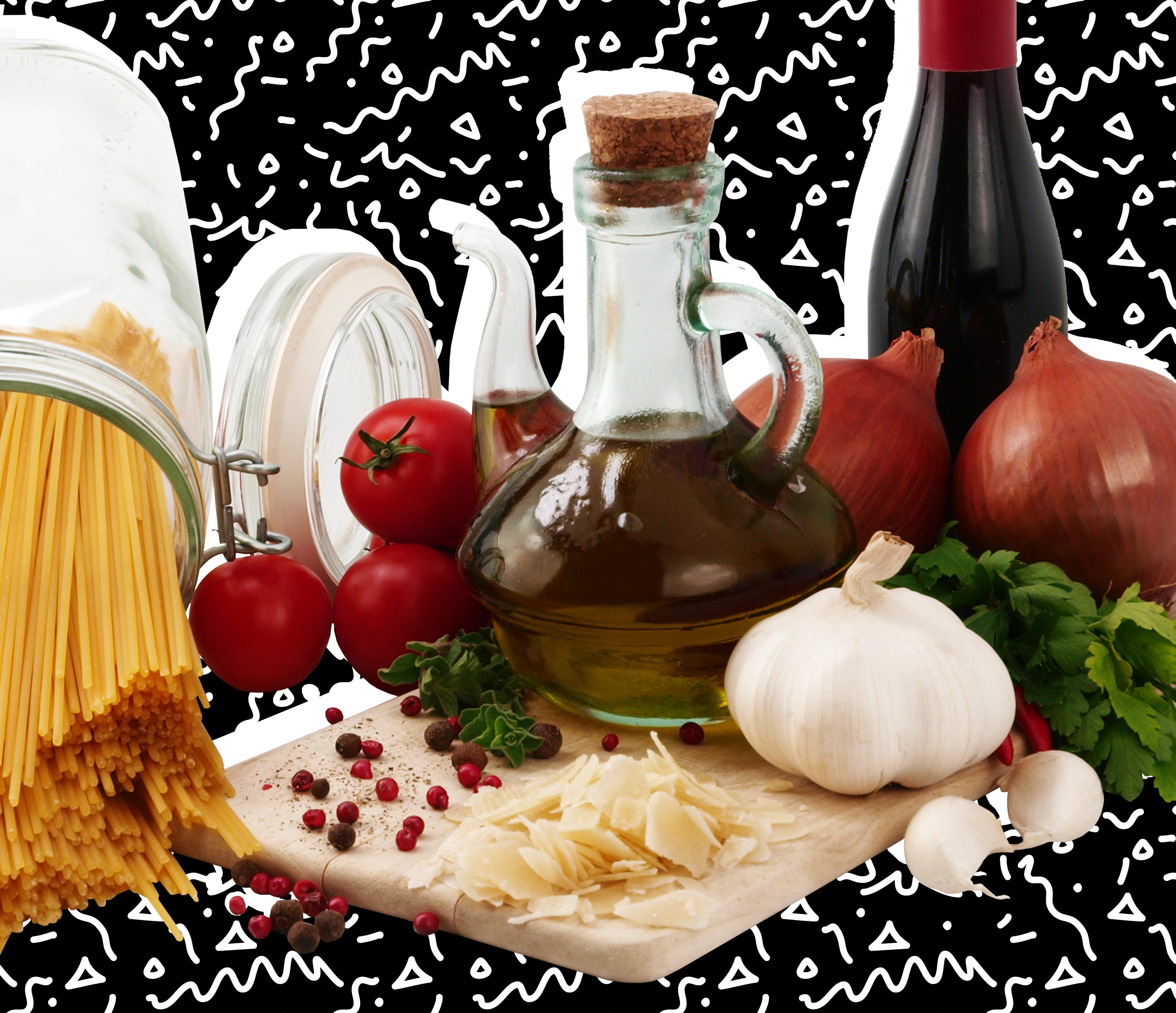
7. Italian Food Goes Regional
In my house, in a suburb of Buffalo, New York, the ’90s was the era when the green Kraft canister of Parmesan cheese in the refrigerator was replaced with a little plastic-wrapped triangle of hard cheese and a hand-crank cheese grater. Starbucks and Olive Garden (which were founded in the ’70s and ’80s, respectively) were starting to make their way into every suburb, and Americans were warming up to the idea of saying “venti” out loud.
Marcella Hazan, Italy’s Julia Child, published The Essentials of Italian Cooking in 1992, and Molto Mario (starring Mario Batali before he had been accused of sexual assault) first aired in 1996. Americans were coming to terms with the fact that Italian food was more than a plate of spaghetti and meatballs—it was a cuisine with discrete regions, like Piedmont and Emilia-Romagna. And of course, every chef and home cook in America started putting sun-dried tomatoes on everything.

8. The Collapse of the Soviet Union Rewrites the World Map
When the Soviet Union ended in 1991, the entire world map changed. Countries that hadn’t had a spot on the spinning globe in decades reemerged, and a few altogether new ones were formed. Suddenly, trade opened up between these countries and the rest of the world, spurring a period of wild, unregulated capitalism. Soviet-government-owned food-manufacturing companies started going out of business.
“Everyone wanted pizza, and later in the ’90s sushi, and there was this huge flood of new, very shoddy quality global foods, to which most people didn’t have access because the prices weren’t regulated,” says Anya Von Bremzen, the author of Please to the Table and Mastering the Art of Soviet Cooking. “It’s a decade that’s remembered really negatively in that former Soviet bloc.”
The dissolution of the USSR also increased immigration to the U.S. from former Soviet countries. Cuba, which had been a close ally of the Soviet Union, was plunged into an economic depression, during which lack of ingredients lead to a loss of traditional Cuban cuisine.
On a broader level, as Von Bremzen points out, this large-scale globalization was the start of another very ’90s concept: nostalgia for all things regional.